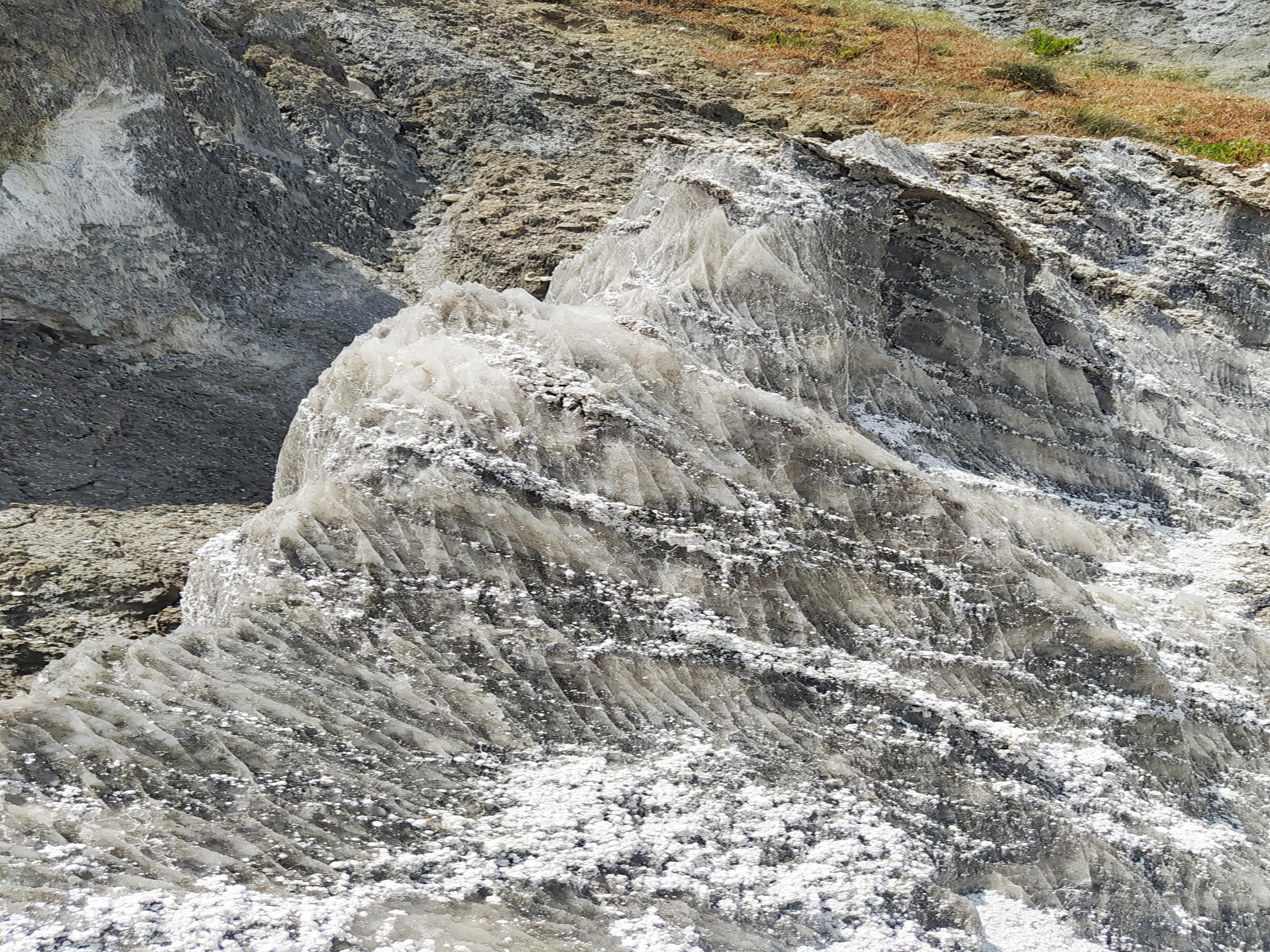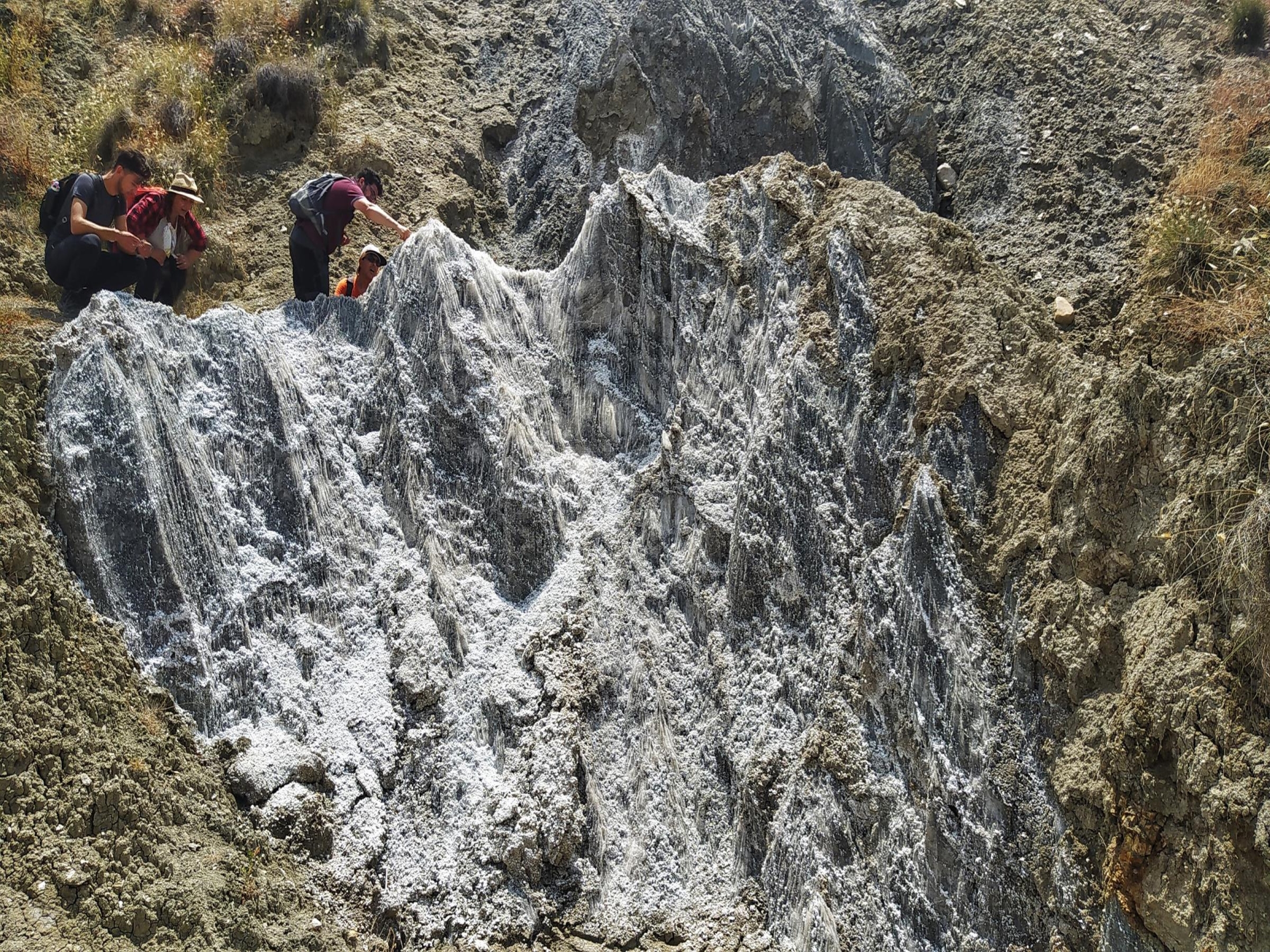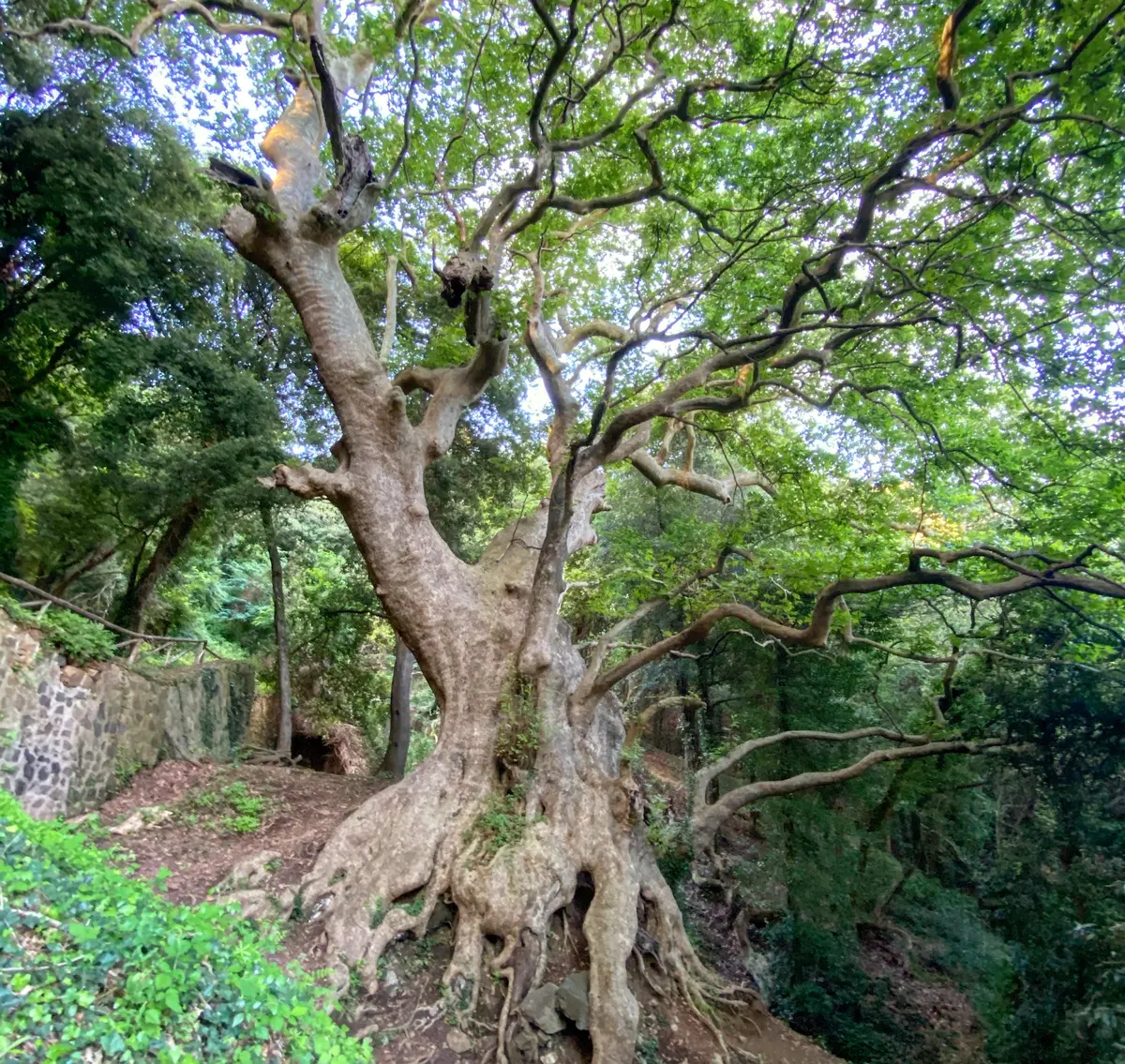A visit to the salt diapirs of Zinga
Unique landscapes, extraordinary nature and undiscovered geology

Sport and nature
Diapiri Salini di Zinga, Casabona - Regione Calabria
You know the setting of western films? Stone arches, canyons, barren expanses, large birds flying over curiously and that mysterious, magical atmosphere that a wild and solitary nature reserves.
There is a place in Calabria that will take you back in time, catapult you into this cinematic setting and surprise you with its unique features. Unique are the salt diapirs, evaporitic rocks composed of rock salt, which have their origin in a geological event dating back over five million years. Spectacularly shaped salt rocks that sparkle in the sun: this is Casabona's white gold.
Want to admire the diapirs up close? You will need comfortable shoes and hiking equipment.
The white gold of Casabona, Zinga's Diapirs
We are located in Zinga, a small hamlet in the municipality of Casabona, in the province of Crotone, in the Marchesato hinterland. Zinga overlooks the beautiful Vitravo Valley, a tributary of the Neto River, at about 350 m above sea level. Time has ‘’sculpted‘’ these salt walls, giving them surprising shapes.
Their genesis is very ancient. In fact, these evaporitic rocks were formed around six million years ago, during the geological event known as the Messinian Salinity Crisis. Basically, due to the narrowing and subsequent closure of the Strait of Gibraltar, the sea began to evaporate and large quantities of salt were deposited on the rocks of Calabria and Sicily. The diapirs are called ‘’guardians of the history of the Mediterranean‘’, as they have ‘’trapped‘’ ancient traces of the sea within them. Precious traces, which have made it possible to trace the degree of salinity and temperature that the water had six million years ago.
The area of the Casabona diapirs is recognised by the Institute for the Protection of Environmental Research as a Geosite of International Interest. A place of timeless charm, which for its characteristics was chosen as the set for the film Il brigante by neorealist director Renato Castellani, presented in 1961 at the Venice Film Festival. The diapirs are works of art sculpted by nature, in which the salt has pierced the clay, risen to the surface and shines with its luminous white.

Around Zinga's Diapirs
Exploring the Zinga diapirs is an opportunity to visit an area of incredible beauty where it is still possible to marvel at unspoilt nature. The Zinga geo-site is housed in a Special Protection Area, which - as mentioned - is also a Site of Community Interest (SCI) for its flora and fauna characteristics.
As you venture into the Vitravo Valley, you will be able to admire myrtle bushes, mastic trees, wild artichoke plants and colourful fuchsia flowers typical of this area. With a bit of luck you may happen to spot the rare black stork that nests here, in the company of hawks, buzzards and jays. There are associations that organise guided excursions, to make sure you don't miss the richest and most suggestive corners.
During the walk on the tracks of the diapirs, you will come across the ruins of the Finance Police headquarters, which once guarded the territory, supervised salt extraction activities and controlled the entrance to the rock salt mine. The more intrepid can combine an excursion to the salt diapirs with river trekking, following the course of the river along the Vitravo gorges, between sandstone walls and beautiful canyons.
Crossing the valley on foot is an unforgettable experience, because all around, nature offers a unique spectacle.

https://calabriastraordinaria.it/en/news/a-visit-to-the-salt-diapirs-of-zinga


